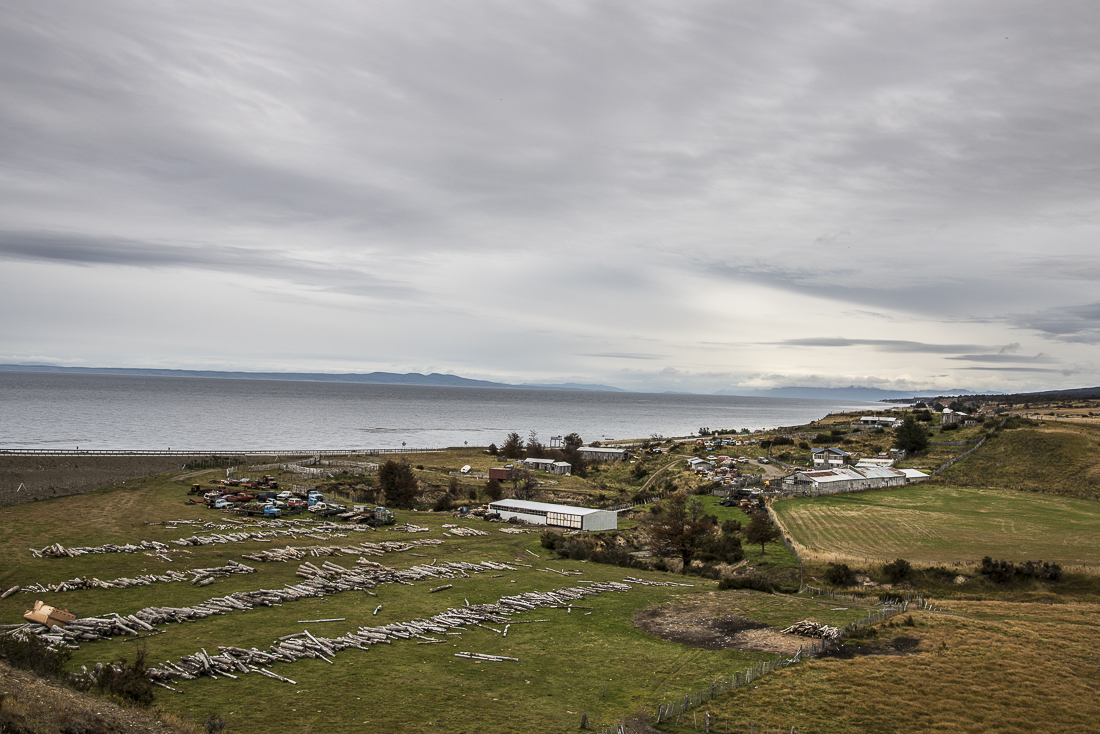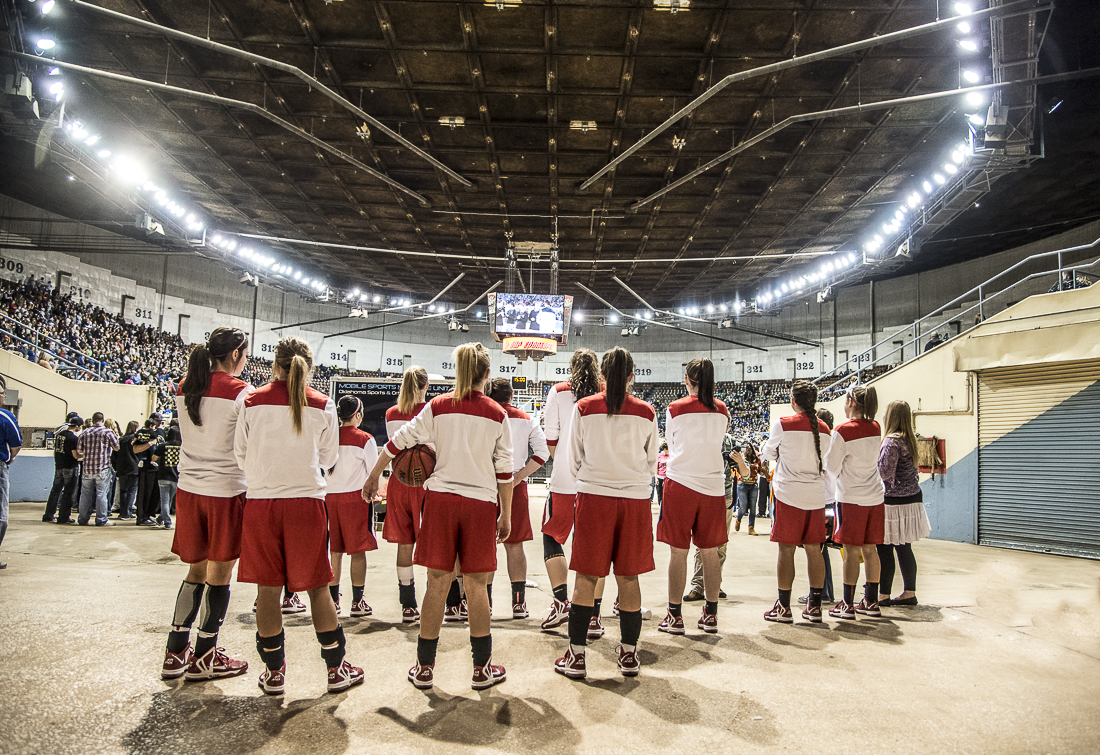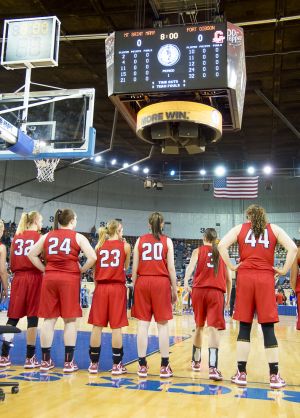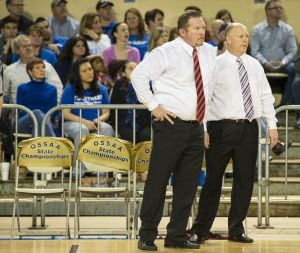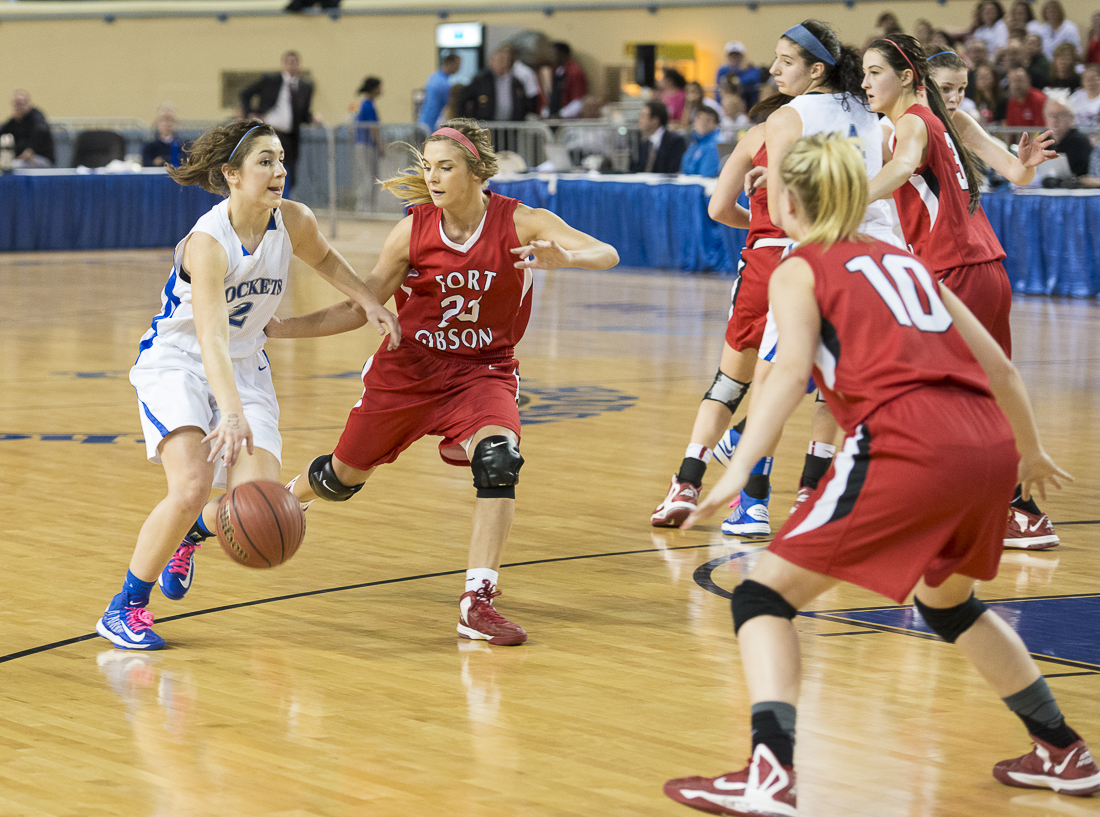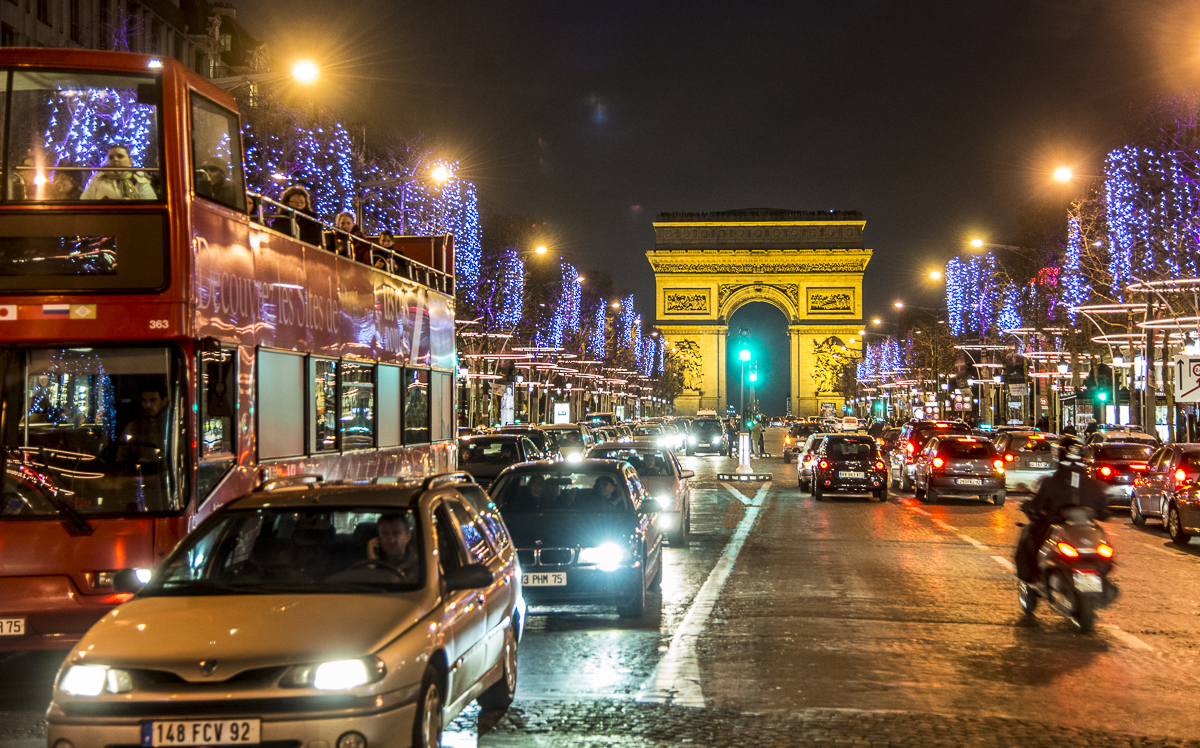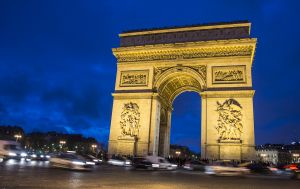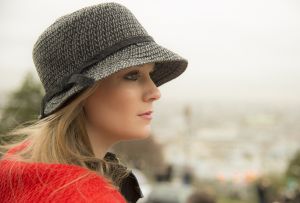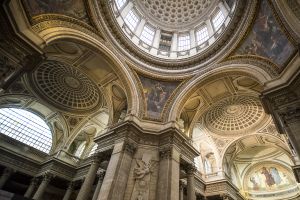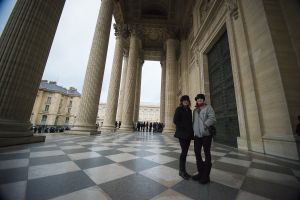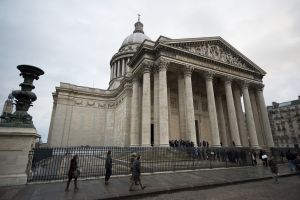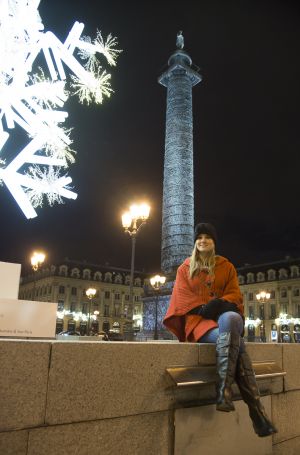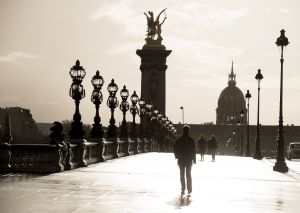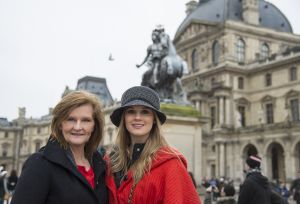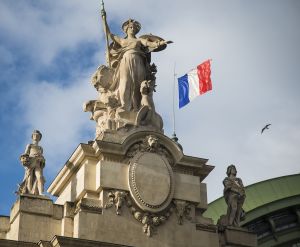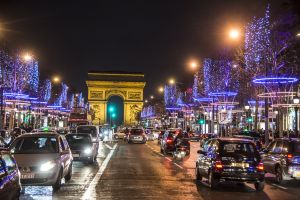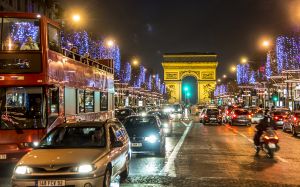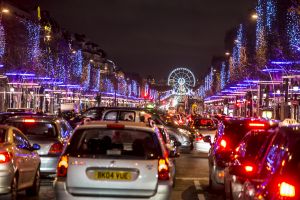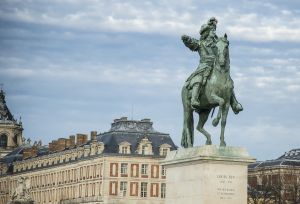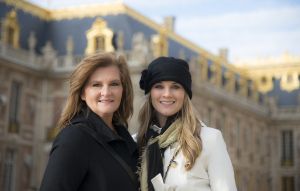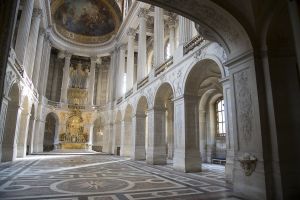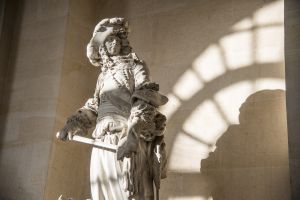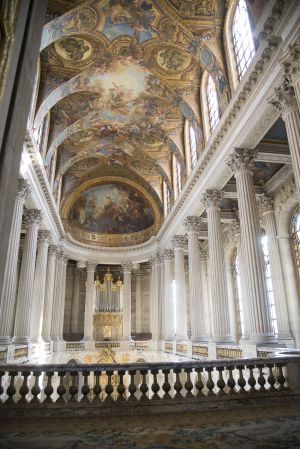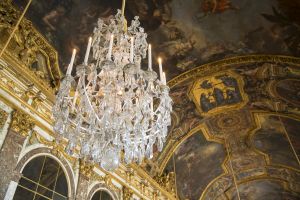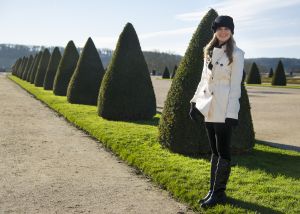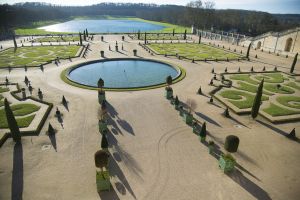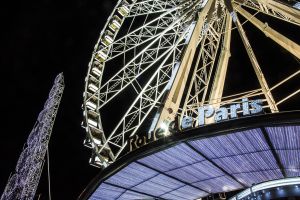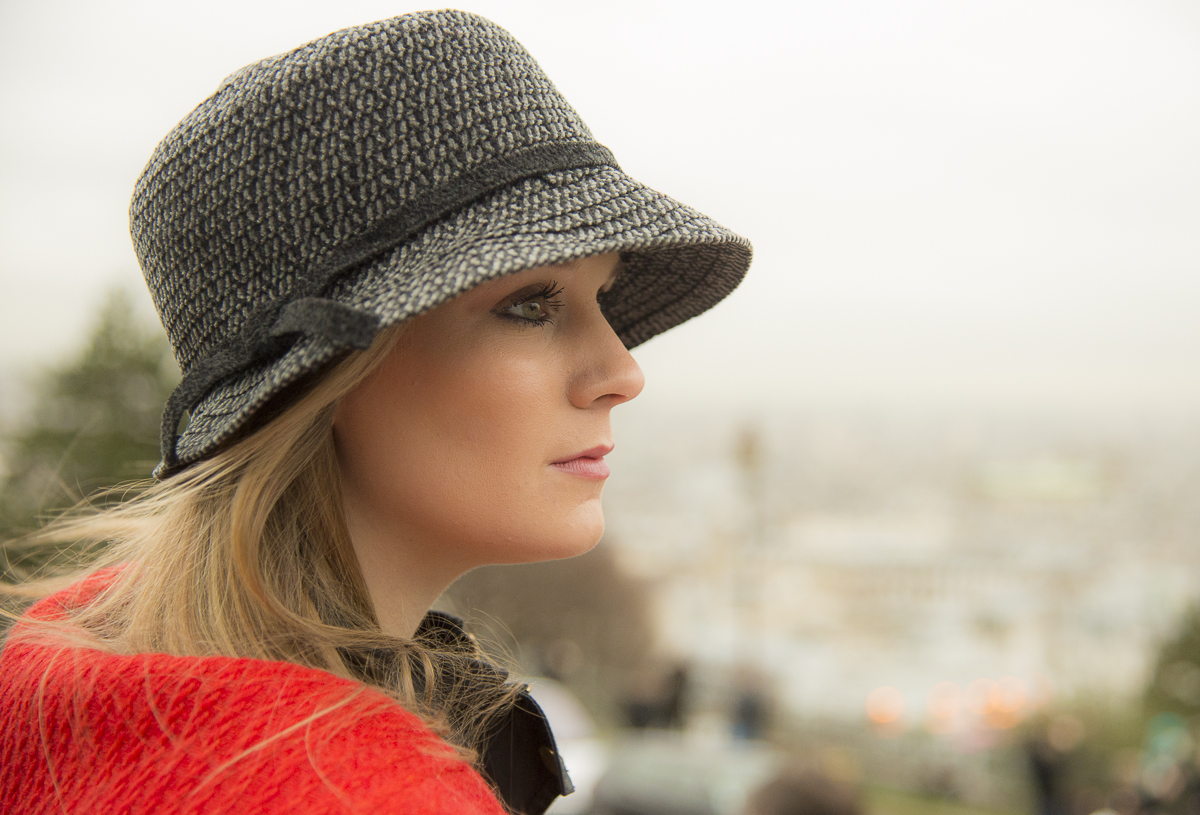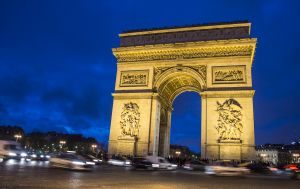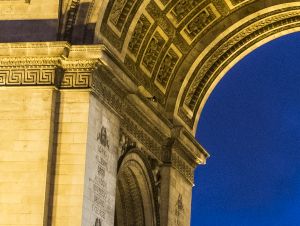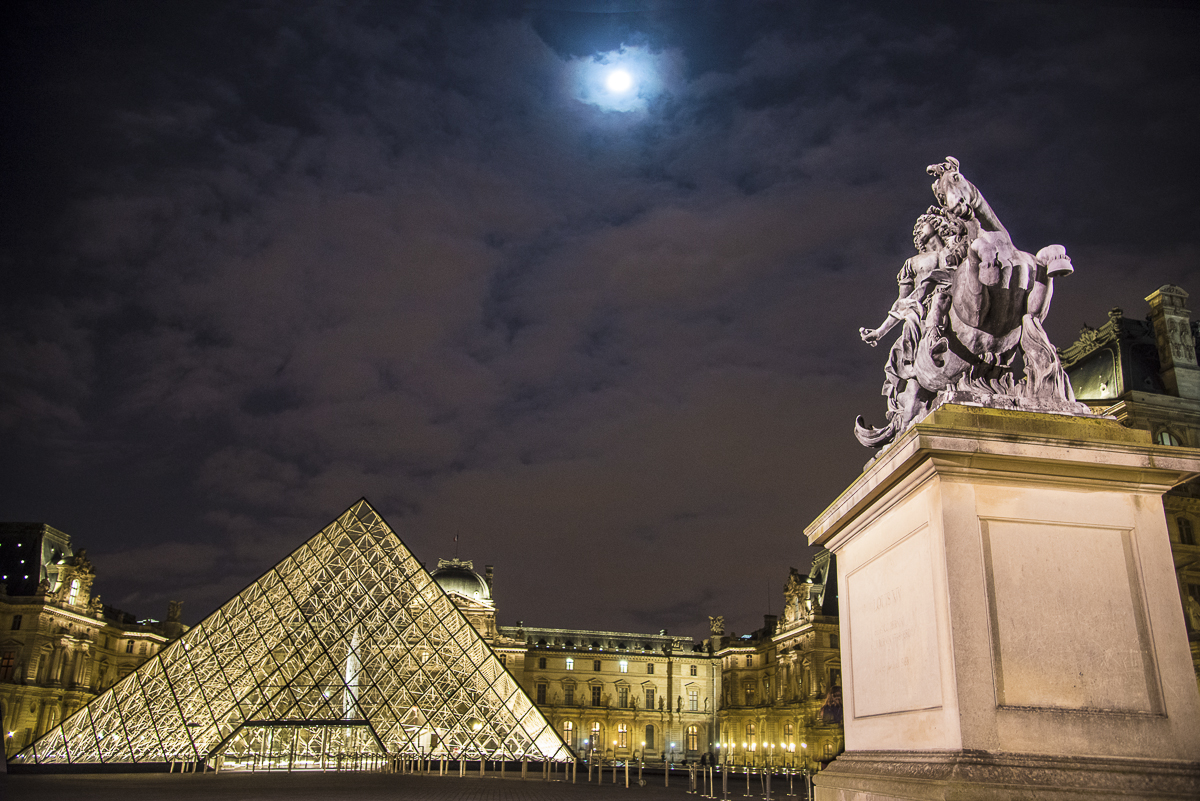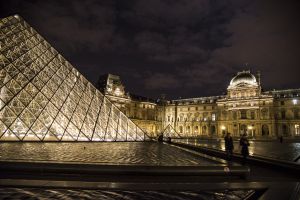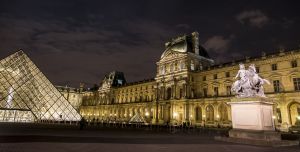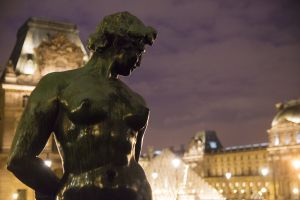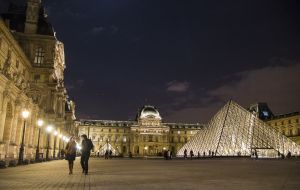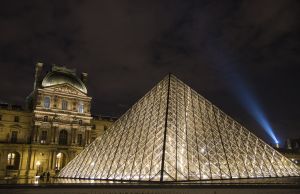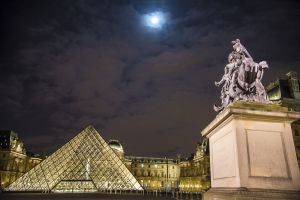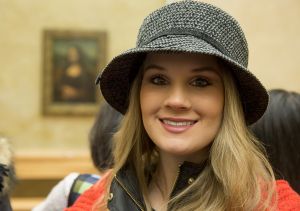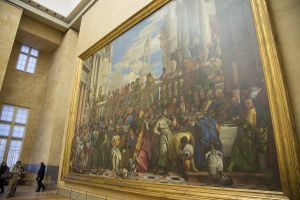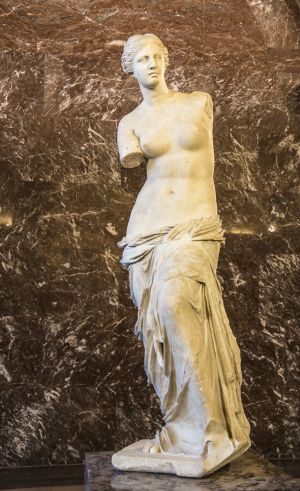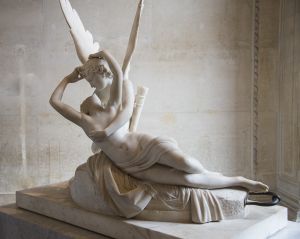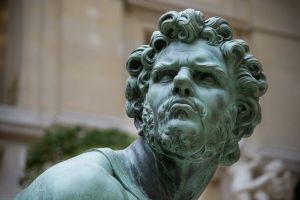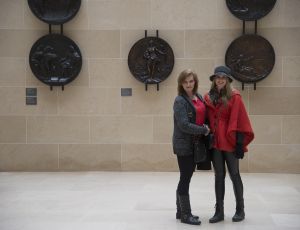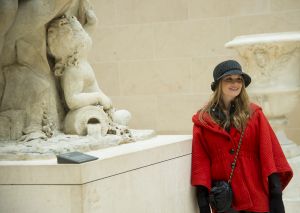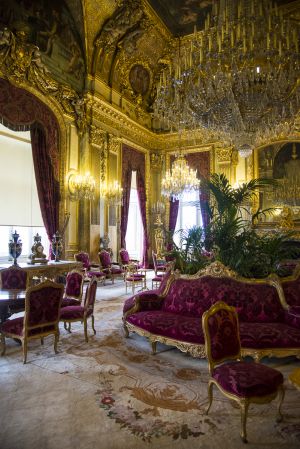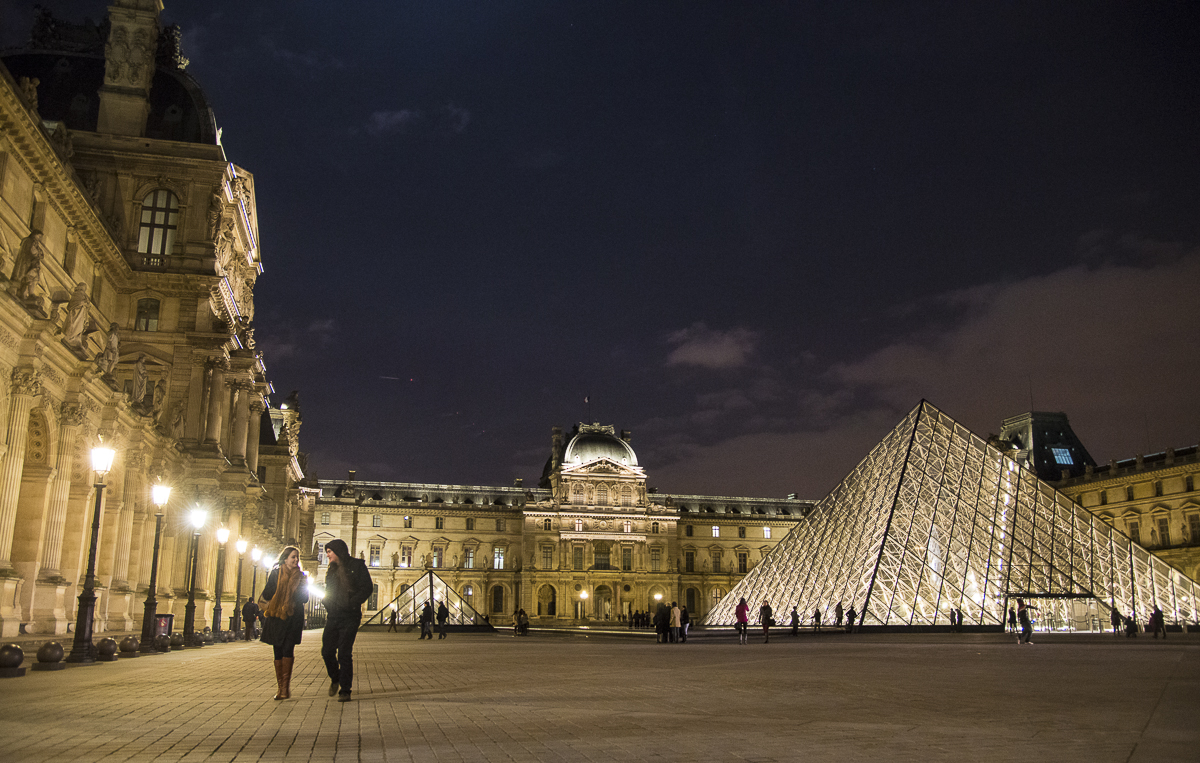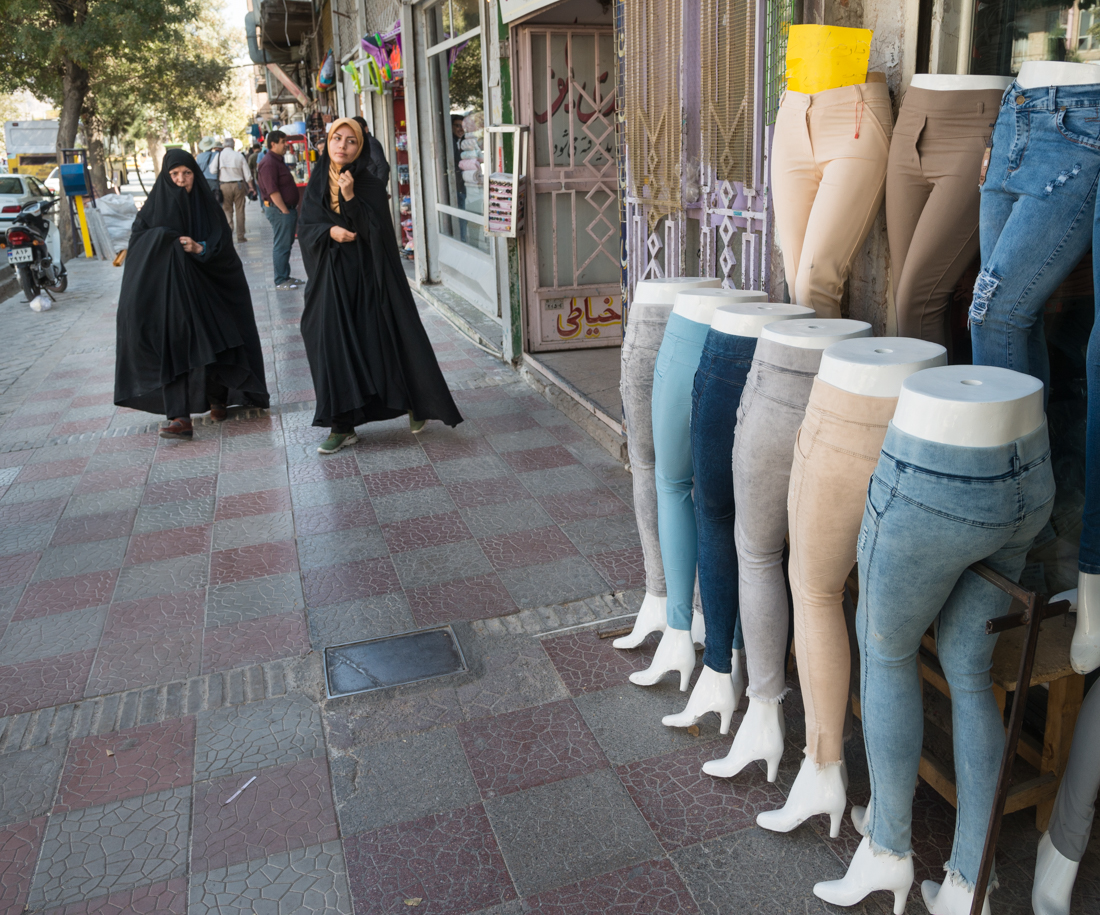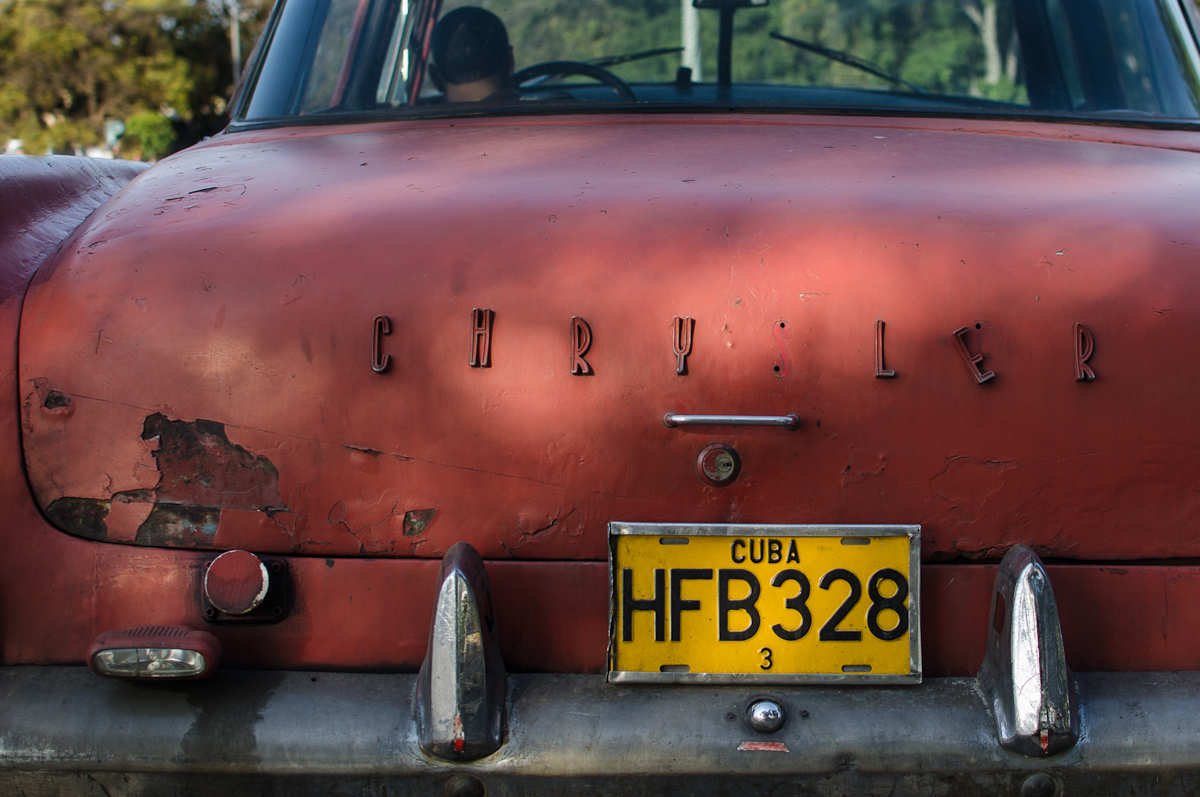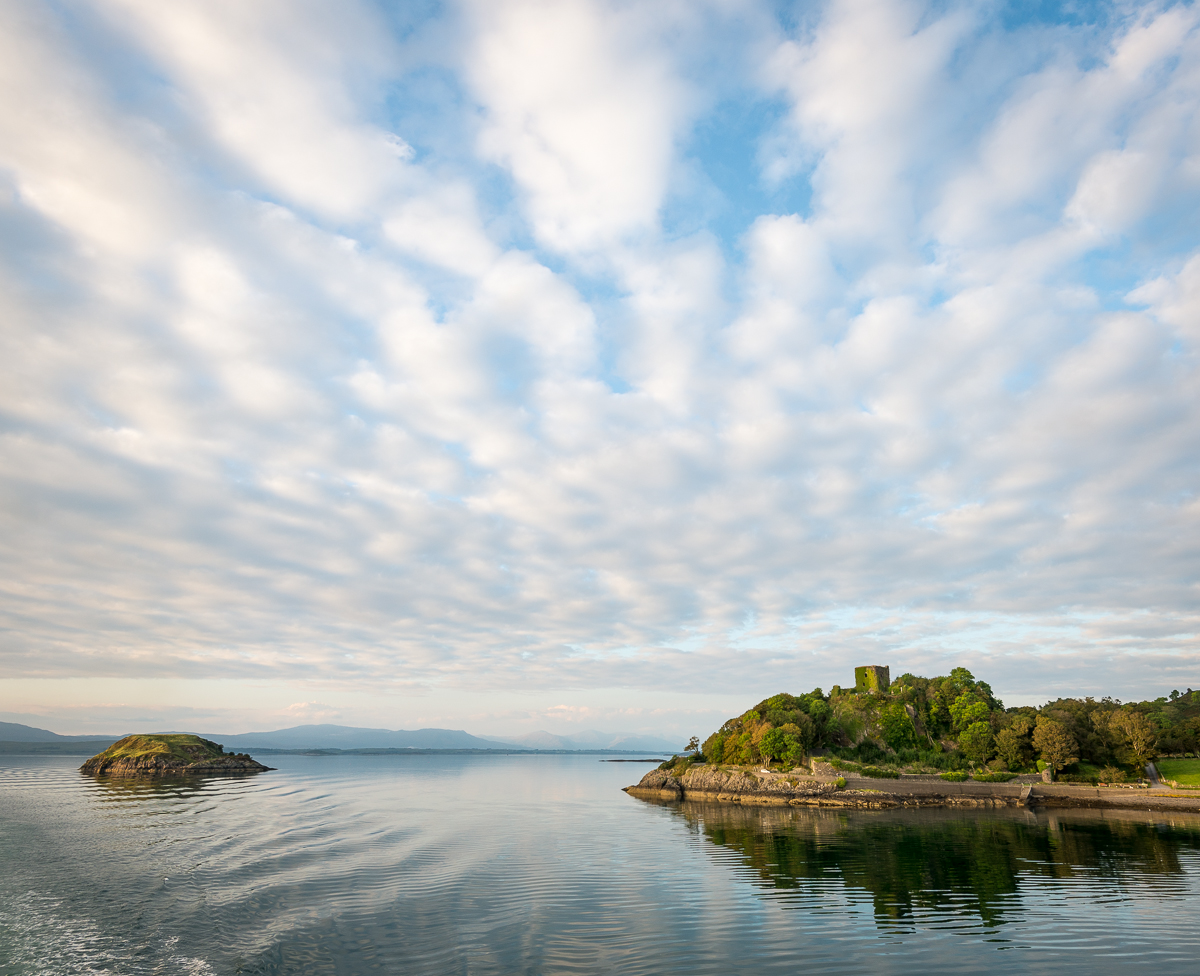I guess my ‘hiatus’ from travel (and thus from travel blogging) is over. As some of you out there know, I had one last lawsuit to finish up in my legal career, so in December I rejoined the great team I’ve worked with for the last decade and wrapped up a ten-year-old case that has changed all our lives. We’re done! That last chapter (our claims against Swiss investment bank Credit Suisse) is reported here if you’d care to see the story. I may still find a time to be teary-eyed again about not being around those dear friends and great lawyers with whom I had the privilege to practice — but now is not the time for that.
So I’m back on the road. Step one was to fly to Punta Arenas, Chile, which is as far south as one can fly and still be on the “mainland” of South America. Here’s the best picture of the day — honestly, it doesn’t look like much. This shot — like Punta Arenes generally — looks across the Strait of Magellan at the islands of Tierra del Fuego — the jumble of islands that cap the bottom of the continent. Actually this was about 30 miles south of Punta Arenas — “about as fer as you can go.”
But the real sights of this region — called “Patagonia” and including the iconic Torres del Paine — are for the weeks ahead. It’s not as cold or as exotic as you’d think down here. But we’re just getting started. Not sure how consistently I’ll be able to get wifi access in the days ahead, but hopefully the weather will allow some decent pictures I can post in the weeks ahead.
25 miles south of Punta Arenas, Chile, overlooking the Strait of Magellan and the islands of Tierra del Fuego
